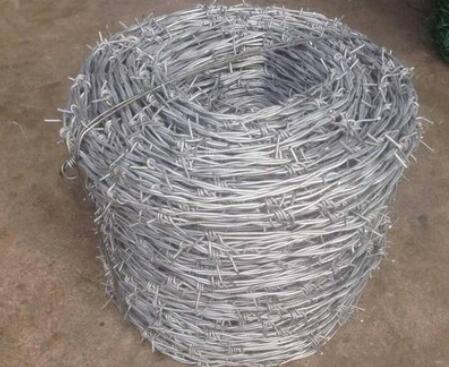The Evolution of Modern Barbed Wire A Barrier and a Tool
Barbed wire, an ingenious invention that revolutionized fencing practices, has played a pivotal role in shaping land use and security throughout history. As a modern deterrent, it has evolved far beyond its original purpose and now serves multiple functions in various industries and settings.
Historical Context
The inception of barbed wire can be traced back to the late 19th century, with its first patents filed in the United States around 1867. Joseph Glidden, a farmer from Illinois, developed a design that featured sharp barbs on twisted wire, which prevented livestock from escaping and served as an effective barrier against intruders. This innovation not only made livestock management more efficient but also transformed agricultural practices by allowing farmers to enclose large areas of land cost-effectively.
A Symbol of Progress
Barbed wire quickly gained popularity and became synonymous with the expansion of the American West. It was instrumental during the era of westward expansion, where settlers used it to define boundaries in an often lawless environment. The physical barrier it provided allowed farmers and ranchers to protect their property from both animals and people, thereby facilitating the growth of agriculture and the establishment of communities.
However, barbed wire is not merely a tool for agricultural management; it has also come to symbolize conflict and control. During the World Wars, it became a common feature in military camps and prisons, representing restriction and desolation. The use of barbed wire to contain soldiers or prisoners highlighted its dual nature as both a protective measure and a means of confinement.
Modern Applications and Innovations
modern barbed wire

In contemporary times, the versatility of barbed wire has increased, leading to various innovations tailored to specific needs. Security systems, for instance, have integrated advanced technologies with traditional barbed wire designs. Concertina wire, for example, is an expanded form of barbed wire that can be deployed quickly and effectively, making it popular in military applications and high-security environments.
Furthermore, electric barbed wire fences have emerged, featuring electrified strands that deliver a non-lethal shock to deter intruders. These systems are widely used not only in protecting livestock but also in safeguarding properties, facilities, and sensitive areas like military bases or borders.
The use of barbed wire in urban settings has also evolved. In some cases, it has been utilized to deter unauthorized access to construction sites or vacant properties. Its presence in these environments raises discussions about urban safety and the balance between security and accessibility.
Environmental Considerations
While barbed wire serves practical functions, it also presents environmental challenges. Wildlife, particularly larger animals such as deer and elk, can be severely injured or killed when they attempt to navigate areas fenced with traditional barbed wire. This has led to increased advocacy for wildlife-friendly fencing solutions that minimize harm while still providing necessary barriers for livestock and property.
In response, some designers and environmentalists have begun experimenting with alternative fencing materials and designs. Smooth wire fences, for example, offer a less hazardous option for animals, while still maintaining effective barriers for livestock management.
Conclusion
Barbed wire remains a crucial component of modern fencing solutions, embodying not just practicality but also the complexities of societal needs. From its roots in agriculture and land management to its multifaceted roles in security and urban environments, this seemingly simple product encapsulates a rich tapestry of historical significance and innovative evolution. As society continues to grapple with issues of security, land use, and environmental impact, the evolution of barbed wire will undoubtedly continue, finding a balance between functionality and responsibility. The story of modern barbed wire is one of adaptation and progress, reflecting the changing landscape of human interaction with both land and life.

















